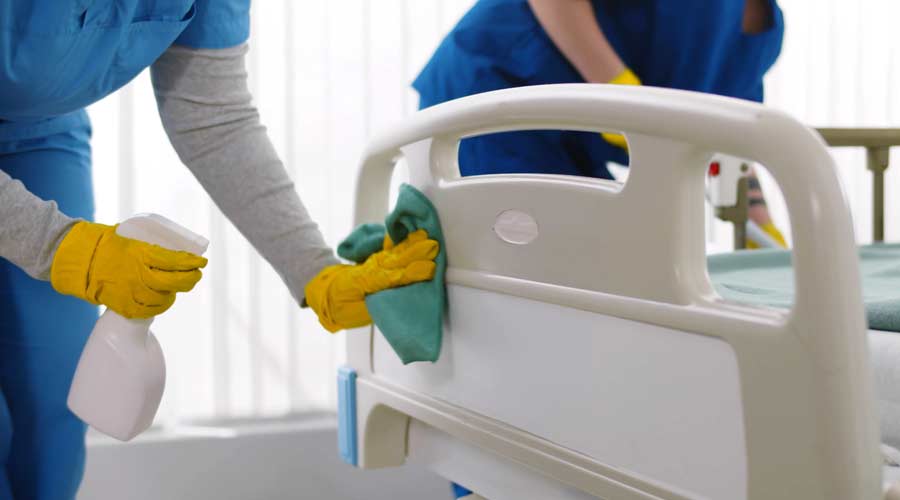
The global hospital-acquired infection (HAI) treatment market size was valued at US $15.31 billion in 2022 and is projected to grow at a compound annual growth rate (CAGR) of 4.2 percent between 2023-2031 reaching a value of US $22.17 billion by 2031, according to insights from Research and Markets.
The market growth can be attributed to the increasing prevalence of HAIs and the rising awareness about infection prevention and control measures.
HAI treatment refers to the medical care provided to patients who have contracted infections while receiving treatment for other conditions within a healthcare facility. Common types of HAIs include urinary tract infections, surgical site infections, bloodstream infections, and pneumonia.
Factors driving the demand for hospital-acquired infection treatment include the increasing number of hospitalizations, rising prevalence of antimicrobial-resistant pathogens, and growing awareness about the importance of infection control measures. Advancements in technology have also played a significant role in the growth of the hospital-acquired infection treatment market. The development of novel diagnostic tools, antimicrobial coatings, and advanced sterilization techniques has contributed to the improvement of infection control measures.
Furthermore, the implementation of electronic health records (EHR) and infection tracking systems has allowed healthcare facilities to monitor and manage infection rates more effectively. The hospital-acquired infection treatment market is expected to continue to grow in the coming years, as awareness of infection control measures increases, and new treatment options and technologies are developed to combat HAIs.
However, there are still significant challenges to overcome, including the rapid emergence of antimicrobial resistance and the need for improved infection control practices in healthcare facilities, particularly in low- and middle-income countries.
According to the World Health Organization (WHO), approximately 7 out of 100 hospitalized patients in high-income countries and 10 out of 100 hospitalized patients in low- and middle-income countries will acquire at least one HAI. The most common types of HAIs include urinary tract infections, surgical site infections, bloodstream infections, and pneumonia. These infections can lead to increased morbidity, mortality, and healthcare costs.
For related content, check out this feature from Facility Cleaning Decisions breaking down the true cost of improper infection control efforts in healthcare facilities

 The Down and Dirty on Cleaning in Virus Season
The Down and Dirty on Cleaning in Virus Season How Surfactant Use is Expanding in Commercial Cleaning
How Surfactant Use is Expanding in Commercial Cleaning Clean Buildings Conference
Clean Buildings Conference